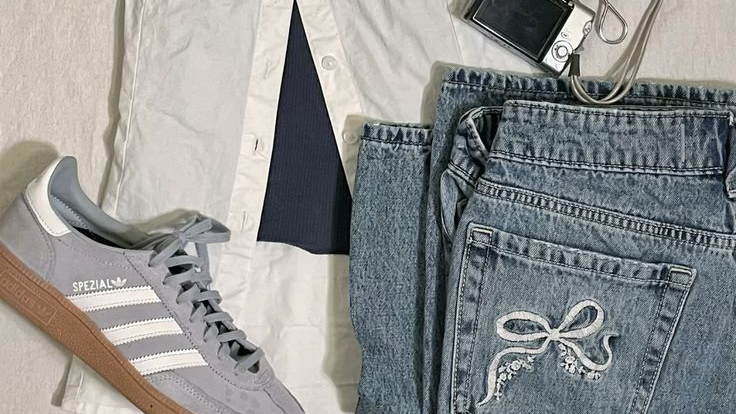
Online advertising and affiliate marketing are two essential tools in the digital marketer’s toolbox. When used effectively, they work together to build brand visibility, drive traffic, and convert interest into sales. Whether for a global company or a niche fashion brand, understanding how these strategies operate can define digital success.
Online Advertising: Reaching the Right Audience at the Right Time
Online advertising refers to any promotional message which appears on digital platforms, including websites, search engines, apps, and social media. According to the Red & Yellow eMarketing textbook (2023), this form of advertising is “an integrated approach… focusing on desktop, tablet, and mobile devices” and includes formats such as display ads, search engine results, email campaigns, and video content. The goal is to stimulate consumer demand and fulfill it by placing ads where potential customers already spend time online.
Best practices would include:
- Targeting ads based on user behavior and interests
- Using engaging visuals and headlines
- Tracking metrics like impressions, click through rates, and conversions
Additionally, transparency is crucial. As emphasized by the Federal Trade Commission (FTC, n.d.), ads must be clearly identifiable as advertising, with disclosures that are easy to find and understand. This protects consumers and builds trust which is something especially important for younger audiences, like those who follow brands such as Brandy Melville.
Affiliate Marketing: Power Through Partnership
Affiliate marketing takes a performance based approach. A third party such as a blogger or influence promotes a brand’s product and earns a commission when users take a specific action such as clicking the link or making a purchase. As outlined in the textbook, this process typically includes a merchant, an affiliate, and an affiliate network, which helps track performance, manage commissions, and support both parties.

For Brandy Melville, affiliate marketing works well with fashion and lifestyle influencers who naturally reach the brand’s target demographic. For instance, a creator on TikTok might post a “Outfit of the Day” video featuring Brandy Melville clothing, using a trackable affiliate link in the bio or description. This strategy is effective because it feels authentic and viewers do not see it as traditional advertisement.
Conclusion
Digital marketing continues to evolve, but the principles of transparency, relevance, and performance remain constant. Online advertising allows brands to control the message and reach broad audiences, while affiliate marketing builds partnerships rooted in influence and trust. For brands such as Brandy Melville, combining both strategies can lead to scalable, measurable success in today’s fast paced online environment.
References
Federal Trade Commission. (n.d.). Advertising and marketing on the internet: Rules of the road. https://www.ftc.gov/business-guidance/advertising-marketing/online-advertising-marketing
Kappel, M. (2024, February 9). Becoming an affiliate marketer: Can you hack it? Forbes. https://www.forbes.com/sites/mikekappel/2024/02/09/becoming-an-affiliate-marketer-can-you-hack-it/
Red & Yellow. (2023). eMarketing: The Essential Guide to Marketing in a Digital World (7th ed.).